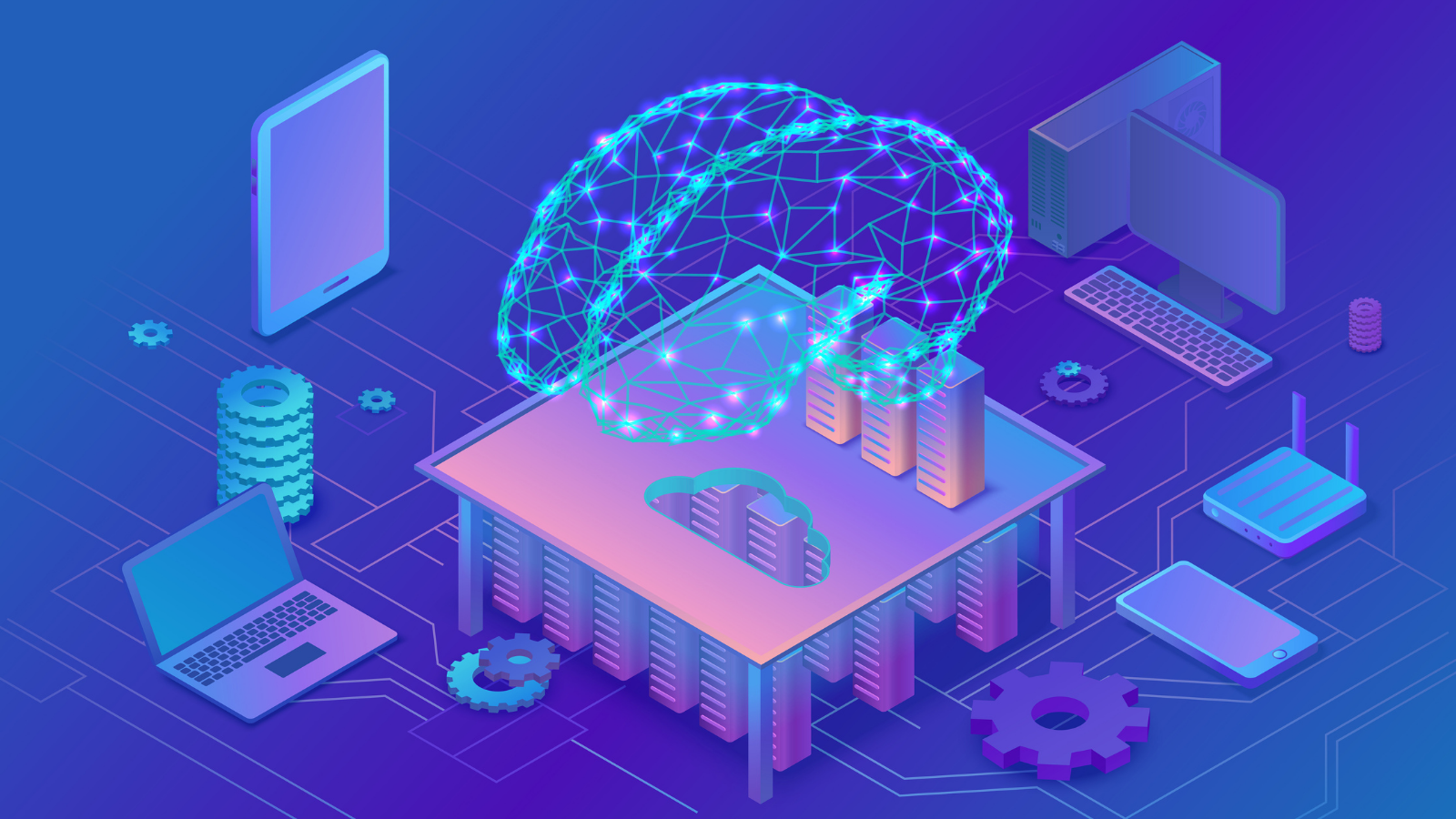AI Models Will Become More Capable and Useful: The Future of Intelligent Systems
Introduction: The Rapid Evolution of AI Models
Artificial Intelligence (AI) is no longer confined to the realms of science fiction—it has become a real, indispensable force shaping industries, economies, and everyday experiences. From chatbots and recommendation systems to self-driving cars and drug discovery, AI models are growing more capable and useful with each passing year.
The pace of AI development has accelerated in recent years, thanks to advancements in large language models (LLMs), deep learning architectures, cloud computing power, and data availability. But what does this mean for businesses, professionals, and society at large? More importantly, how will these AI models become more capable and useful in the years ahead?
This blog explores the future of AI, highlighting key trends, capabilities, and real-world applications that will redefine human and machine collaboration.

The Current State of AI Models
Before we look into the future, it’s important to understand where AI stands today. Current AI models, especially large-scale models like GPT-4, Claude, Gemini, and LLaMA, have shown remarkable capabilities in:
-
Language Understanding & Generation – Writing content, summarizing, and coding.
-
Computer Vision – Image recognition, facial analysis, and autonomous navigation.
-
Predictive Analytics – Forecasting trends, detecting fraud, and risk management.
-
Recommendation Engines – Driving personalization in e-commerce, media, and entertainment.
-
Healthcare Insights – Early disease detection and drug discovery.
Despite these advancements, AI still has limitations, such as bias in data, lack of reasoning, hallucinations in generative models, and dependency on human supervision.
Why AI Models Will Become More Capable
Several key drivers will make AI models significantly more powerful in the near future:
1. Bigger and Smarter Models
-
AI models are becoming larger in terms of parameters, but more importantly, smarter through efficiency-focused architectures.
-
New AI research emphasizes not just scale, but structured reasoning, multimodality, and long-term memory.
2. Integration of Multimodal Capabilities
-
Future AI models will seamlessly combine text, images, audio, and video, enabling richer interactions.
-
For example, instead of just reading instructions, AI will see what you’re working on, hear your voice commands, and provide tailored help.
3. Continuous Learning & Adaptability
-
Current models rely on static training datasets.
-
Next-gen AI will learn continuously from real-time data while adapting to new situations without retraining from scratch.
4. Edge AI & Faster Deployment
-
AI models will run not only in data centers but also on local devices (edge AI).
-
This means faster responses, reduced costs, and more privacy-focused solutions.
5. Ethical & Responsible AI Development
-
Governments and organizations are enforcing responsible AI frameworks.
-
This will increase trust and allow AI to become more widely adopted across industries.

How AI Models Will Become More Useful in Daily Life
The usefulness of AI models will expand across multiple domains, revolutionizing how we work, learn, and live.
1. AI in Business & Productivity
-
Automated workflows and AI assistants will save companies millions of work hours.
-
AI project managers, financial forecasters, and HR assistants will make business operations faster and smarter.
2. AI in Education
-
AI tutors will provide personalized learning experiences, adapting to each student’s strengths and weaknesses.
-
Tools like AI essay graders and study assistants will become the new norm in classrooms.
3. AI in Healthcare
-
AI models will diagnose diseases earlier and more accurately.
-
Virtual AI doctors will assist in primary consultations, while AI-driven drug discovery will shorten timelines for new medicines.
4. AI in Entertainment & Media
-
Personalized AI content creation will enable movies, music, and games tailored to your preferences.
-
AI influencers and virtual companions will gain prominence.
5. AI in Transportation & Smart Cities
-
Self-driving cars, AI-powered traffic management, and smart infrastructure will reduce congestion and accidents.
-
AI-enabled energy systems will optimize sustainability in cities.
The Future Capabilities of AI Models
As AI evolves, we can expect radical improvements in capabilities:
-
Advanced Reasoning & Problem Solving – AI will be able to reason through complex problems like a human consultant.
-
Human-Like Emotional Intelligence – Models will recognize emotions in speech and text, leading to more empathetic AI interactions.
-
Collaborative Creativity – Writers, designers, and engineers will co-create with AI, unlocking unimaginable innovations.
-
Autonomous Agents – AI will operate independently, handling tasks like customer service, research, and even negotiations.
-
Universal Translators – Language barriers will vanish with AI models providing real-time, near-perfect translation.

Challenges Ahead
While the future looks promising, challenges remain:
-
Bias and Fairness – AI systems risk reinforcing inequalities if not trained responsibly.
-
Job Displacement – Automation may affect certain job sectors, requiring reskilling initiatives.
-
Security & Privacy – AI can be weaponized for misinformation or cyberattacks.
-
Regulation & Governance – Balancing innovation with control will be crucial for sustainable AI growth.
FAQ Section
1. Will AI models replace humans in the future?
AI will not fully replace humans but will augment human capabilities. It will automate repetitive tasks while humans focus on creativity, decision-making, and strategy.
2. How will AI models become more capable?
Through bigger datasets, advanced architectures, multimodal integration, and continuous learning, AI models will grow more capable in understanding and solving real-world problems.
3. What industries will benefit most from future AI advancements?
Healthcare, education, finance, transportation, entertainment, and cybersecurity will see the biggest impact of AI capabilities.
4. What are the risks of more powerful AI models?
Bias, misinformation, ethical misuse, and job displacement are the primary risks associated with AI’s rapid growth.
5. How can businesses prepare for the future of AI?
Businesses should invest in AI training, infrastructure, responsible AI policies, and collaboration tools to maximize benefits.
Conclusion: A Smarter Future with AI
The trajectory of AI development is clear: AI models will become more capable and useful than ever before. From business productivity to healthcare breakthroughs, from smart cities to personalized learning, the role of AI in our daily lives will only expand.
The key lies in responsible innovation, ethical deployment, and human-AI collaboration. As we move forward, AI won’t just be a tool—it will become a trusted partner, empowering us to achieve things once thought impossible.
Final Thoughts
Artificial Intelligence is no longer just a supporting tool—it’s becoming a driving force behind innovation, efficiency, and progress. As AI models grow more capable and useful, they will continue to reshape industries, enhance human productivity, and unlock new opportunities we’ve never imagined before.
The journey ahead is not without challenges, but with responsible development, ethical safeguards, and human-centered design, AI can become one of the most powerful allies in solving global problems. The future will not be defined by humans versus AI, but by humans working alongside AI to build a smarter, fairer, and more connected world.
How AI servers are transforming Taiwan’s electronics manufacturing giants
Rachel James, AbbVie: Harnessing AI for corporate cybersecurity



